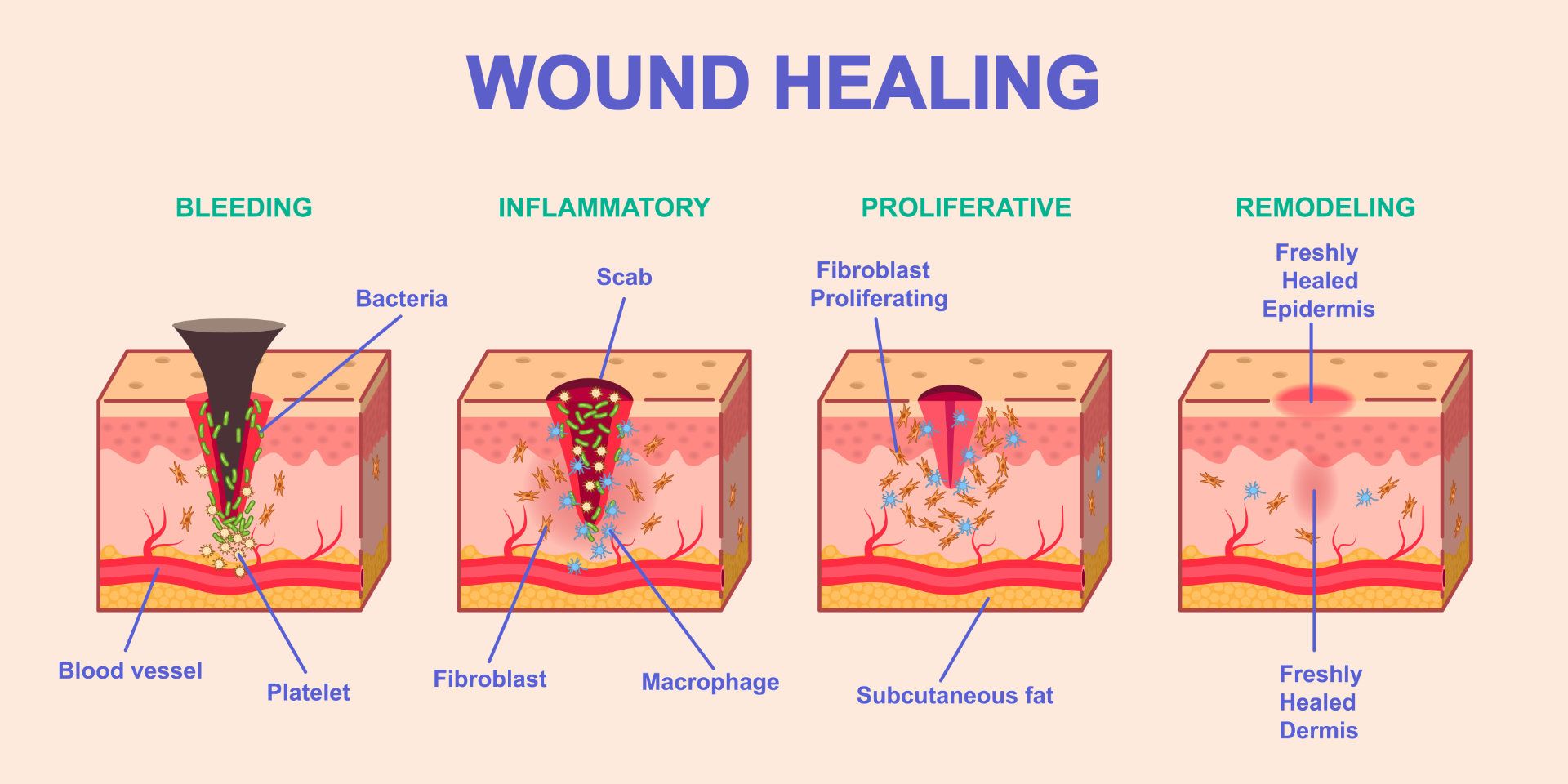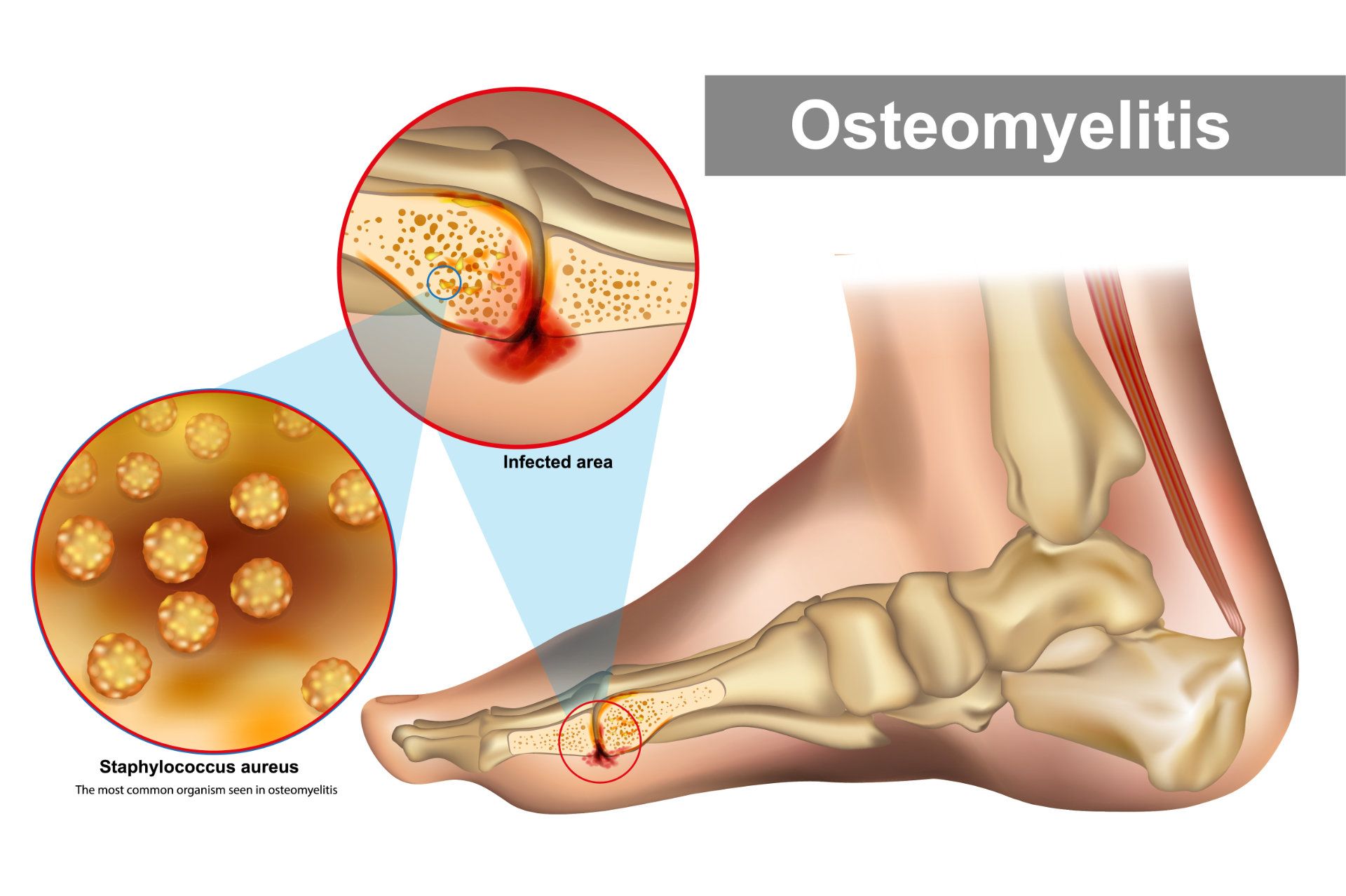
AMR & Clinical Need
Combating Antimicrobial Resistance: The Urgent Clinical NeedAMR: A Global Threat
Antimicrobial resistance (AMR) is one of the most significant threats to global health today. Antibiotics kill susceptible bacteria, but resistant strains survive and multiply. Over time, this leads to the dominance of drug-resistant bacteria. According to the World Health Organization (WHO), AMR is responsible for approximately 700,000 deaths annually, a number projected to rise to 10 million by 2050 if no action is taken.

Wound Care: Meeting the Challenge

Chronic wounds represent a significant clinical challenge due to their susceptibility to infection and poor healing. The global wound care market is growing, yet innovation remains stagnant, with silver-based technologies dominating despite their limitations. There is a critical need for broad-spectrum antimicrobials with antibiofilm activity, low cytotoxicity, and properties that support wound healing.
Osteomyelitis: Overcoming Biofilm Barriers
Osteomyelitis, an infection of the bone, presents significant clinical challenges due to biofilm formation, poor drug penetration, and the need for prolonged antibiotic therapy. These factors contribute to systemic toxicity, antibiotic resistance, and high treatment costs.

UTIs: Tackling Persistent Infections

Urinary tract infections are among the most common infections worldwide. The presence of biofilms makes these infections particularly difficult to treat, leading to recurrent infections and increased resistance.
Biofilm-Associated Tumors: A Hidden Challenge

Biofilms within tumours create a microenvironment that protects cancer cells from treatment and the immune system. Addressing biofilm-associated tumours requires innovative approaches to disrupt these biofilms and improve drug penetration. Standard treatments often fail to penetrate biofilms, leading to persistent infections and reduced efficacy of cancer therapies.